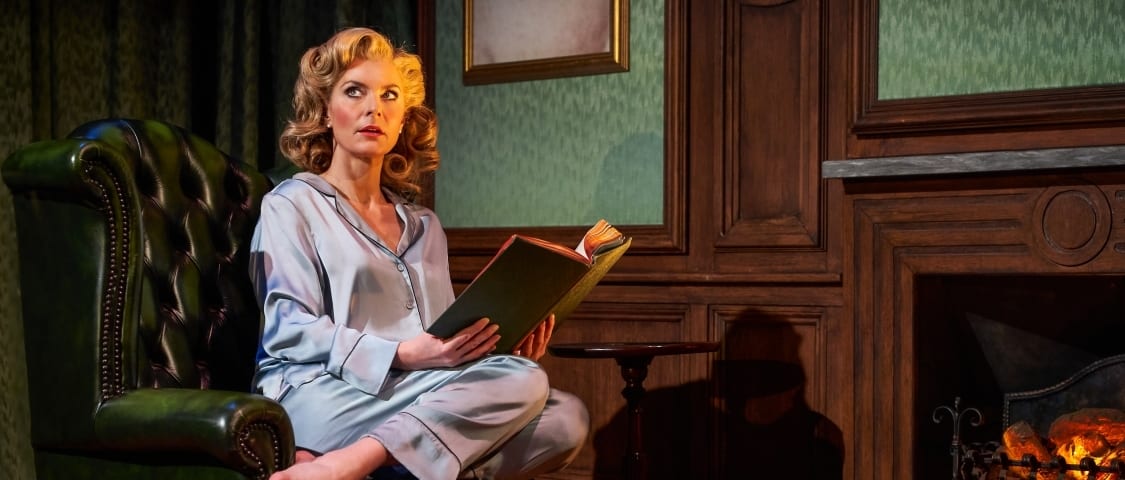John Willard’s 1921 comedy thriller, The Cat and The Canary, comes back to the stage this year in a tour by The Classic Thriller Theatre Company. Premiering on Broadway in 1922 to great acclaim, The Cat and The Canary also became influential in film by inspiring the ‘old dark house’ genre. This version, directed by Roy Marsden, cleverly brings out the absurdism of Willard’s darkly comical plot, leaning more towards comedy than horror.
Events begin around midnight, as the relatives of Cyrus West assemble at his manor to hear the reading of his will. The occasion occurs exactly 20 years after his death, bringing together distant cousins hoping to gain a portion of his large estate. We are privy to the sinister discovery that the will has been tampered with, and the mystery culprit is among them.
The cousins arrive at the manor one by one. Mark Jordon is great as the fumbling and nervous Paul Jones; and Ben Nealon is entertaining in his role as the arrogant actor, Charlie Wilder. The production also gives us some romance, as the male characters vie for the attention of the charming and beautiful Annabelle West (Tracy Shaw). Britt Eckland gives a really standout performance as the old housekeeper, Mrs Pleasant, whose references to evil spirits and supernatural forces unsettle the guests.
We learn that Cyrus has left his entire wealth to Annabelle. She’s a successful novelist who is already rich, and the jealousy and insincerity behind the cousins’ congratulations is obvious. Cyrus’ wishes are announced in an absurdly dramatic fashion: by his own voice recording on an old gramophone. But this long-awaited revelation is complicated by a ‘madness’ clause: if the first heir goes clinically insane, the fortune is to pass to a second named heir. We are then introduced to the element of horror: there is a crazy murderer missing from the nearby mental hospital. With a comically unrealistic amount of detail, the guard describes this strange predator – a hybrid creature with claws like a cat – to the frightened cousins.
The stage design works well in bringing to life the dark and eerie mood of Willard’s play. Plush furnishings and towering bookshelves show us the grandeur of this old mansion and the monetary gain for the sole heir. In the library room, where the play’s first and final acts (of three) take place, a huge portrait of Cyrus hangs on the wall, giving us an uneasy sense that he is watching over drama set in motion by his will. Overall, this staging of The Cat and the Canary makes for a thoroughly entertaining show.

